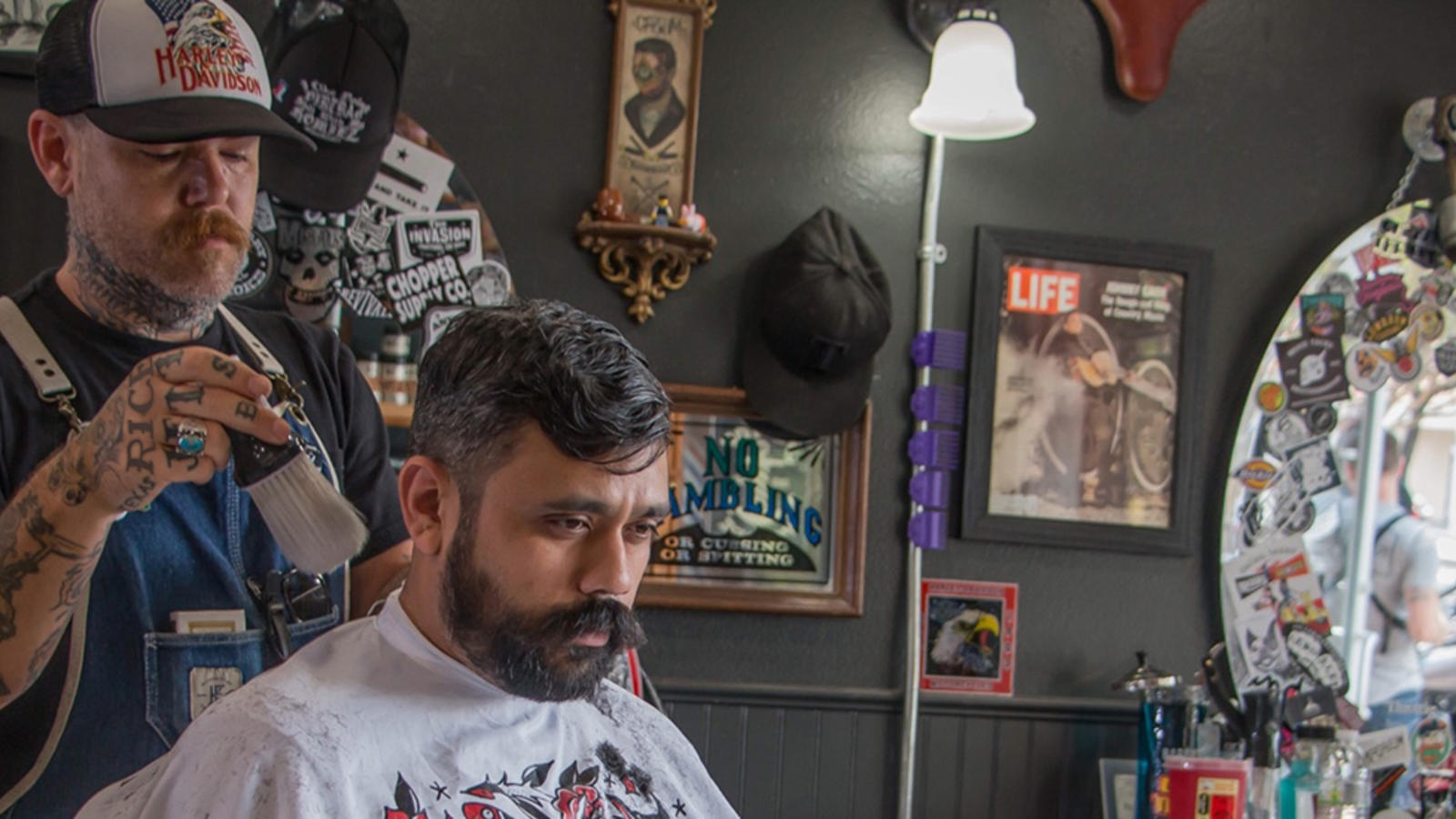
Seat Of Power
What Happens When The Person Providing Your Service Gets Inspired?
Based on research by Jing Zhou, Yuntao Dong, Hui Liao, Aichia Chuang and Elizabeth M. Campbell
What Happens When The Person Providing Your Service Gets Inspired?
- Certain customer behaviors can boost the creativity and performance of service workers.
- When managers give employees more freedom, they find novel ways to serve customers.
- Businesses benefit when they encourage clients to give more power to service providers, because performance improves.
When the hairdresser suggests a little purple highlight on the bangs, and you listen attentively and take her advice, you may actually get a better haircut. Though few people view a salon chair as the seat of power, researchers are learning that client decisions can make a big difference in employee performance. When customers give workers more power, the workers perform better. So do their organizations.
About 79 percent of the U.S economy is now related to service, prompting increasing research into how workers can best please customers.
The findings aren’t always intuitive. A recent paper coauthored by Jing Zhou, a management professor at Rice Business, suggests that when customers listen to employees, respect them and allow them the freedom to do their jobs, the creativity of those providing the service leaps—and so does the quality of that service.
Some corporations already are experimenting with management styles that foster employee cleverness, wit and ingenuity. Southwest Airlines, for example, claims that employee satisfaction is more important than customer satisfaction. And yet it continues to take home customer service awards. The airline asks employees to show “proactive customer service,” bestowing awards and posting videos to reward those who do it best.
Zappos, the online shoe retailer, has experimented with a workplace that has no managers. Called holocracy, the system turns workers into mini-entrepreneurs who set their own goals and mark their progress with an app called Glass Frog. Importantly, this culture was self-selecting: Zappos offered a buyout to employees who did not want to work under the new system, and about 18 percent decided to take it and quit. (Zappos maintained this was because many wanted to try entrepreneurship, and the buyout gave them the opportunity to do so).
To better understand the role of customer feedback on performance, Zhou studied how hairstylists in Taiwan engage with their customers. Teaming up with scholars from the University of Connecticut, the University of Maryland, the University of Minnesota and National Taiwan University, Zhou analyzed data from 380 hairstylists matched with 3,550 customers in 118 hair salons.
After surveying both stylists and customers, the researchers found that when customers offered feedback and encouraged employees, worker creativity increased.
Zhou’s team studied salons because they require stylists to talk to customers and craft new approaches to please them. The interaction between a customer and a stylist also typically lasts more than 30 minutes, giving clients ample time to observe a hairdresser’s creativity and for the hairdresser to respond to the client. But, Zhou writes, the findings can apply far outside the beauty parlor.
Businesses typically benefit, the researchers discovered, when they encourage customers to give workers more agency. This “customer empowering” behavior creates conditions that inspire employees and make them confident about making critical work decisions.
The results can be striking. When customers voiced confidence about workers’ opinions, the workers became more creative. This dynamic involved more than just flattery. Because front-line employees talk to their customers daily, they may have a better sense of the issues that customers care about than do supervisors. Whether hairdressers, waiters or childcare workers, service providers often find new, practical solutions to client problems. Supervisors may be surprised to find that empowering employees—rather than closely controlling them—is a better way to prompt good service.
Oftentimes, customers lose out on employee creativity because the workers fear displeasing them. Managers, meanwhile, focus on training employees to avoid mistakes rather than pushing them to work independently and take risks that could lead to better interactions with clients.
When managers emphasize trouble-avoidance rather than creativity, workers may find it too chancy to try a new approach. What if the customer hates a proposed purple streak? It’s safer for the hairdresser to maintain the blonde highlights that have pleased the customer on the last three visits.
Yet when employees act creatively, they often delight customers. The customer becomes the company’s source of innovation, while the workers gain enthusiasm about their jobs and feel more invested in the business. They may devise new processes or adapt and refine existing procedures—all out of a wish to please the customer.
Zhou’s research shows that customers and service personnel can be cocreators. It’s a departure from the hoary idea that formal leaders in an organizational hierarchy are the standard-bearers of the quality of customer service. In fact, Zhou maintains, customer service ought to begin not with management, but with the customer herself.
The findings of Zhou and her team also has implications for managers. In the past, researchers have advocated less frequent customer contact, arguing that customers bring uncertainty into operations, which results in lower efficiency. Zhou’s research shows the opposite.
So talk to that stylist, and listen to her ideas. Whether suggesting a purple streak or allowing a client to vent about life, service providers who are taken seriously may perform at a higher level than any training manual could ever instruct.
Jing Zhou is the Mary Gibbs Jones Professor of Management and Psychology in Organizational Behavior at the Jones Graduate School of Business of Rice University.
To learn more, please see: Dong, Y., Liao, H., Chuang, A., Zhou, J., & Campbell, E. M. (2015). Fostering employee service creativity: Joint effects of customer empowering behaviors and supervisory empowering leadership. Journal of Applied Psychology, 100(5), 1364-1380.
Never miss a story! Join our free monthly newsletter.
Never Miss A Story


